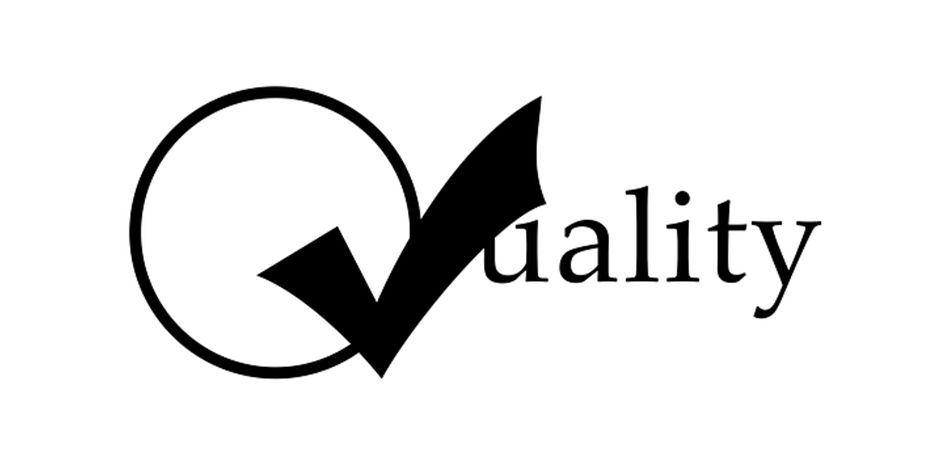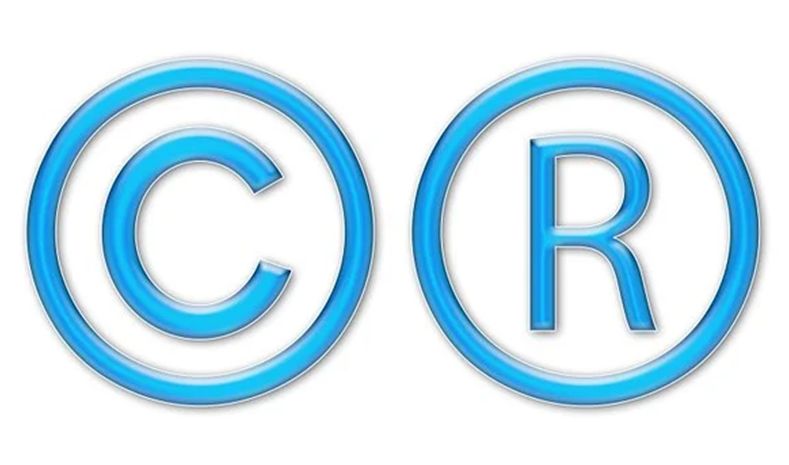As a new entity in the market, startups face fierce competition. Hiring suitable candidates, managing-finances, and winning the trust of customers: startups need to do all these demanding work simultaneously. Though they spend a lot of time in branding, they give less attention to legalizing it.
Trademarking is the way of registering the business name, logos, and slogans. Once trademarked, it implies that no other business has the right to use your name or design. It offers protection against counterfeiting. With registered trademarks, it is possible to take infringers to court and seek legal action. We discuss below a few points regarding trademarks that budding entrepreneurs must know.
Table of Contents
1. Incorporating is not trademarking.
Incorporating a business implies registering the company name and making it a legal entity. It has a state-level validity. However, it does not mean you alone can use the term. But trademarking gives protection, and you have exclusive rights over the brand name, logos, and phrases. Trademarks are valid throughout the country. Trademarking with WIPO (World Intellectual Property Organization) gives global protection for your business. Though companies apply for corporation paperwork first and then start with brand-legalizing, it is also possible to get trademarks approved earlier.

2. Modes of trademark registration
The Trademark registration process varies from country to country. In general, one can go for ITU (intent-to-use) or use-based processes. As the name suggests, one gets ITU trademarks for those names, logos, and symbols that are not in use yet.
It is compulsory to have a county-level trademark before getting an international one. Countries in the European Union have CTM (community trademark) registration, which is acceptable in the region. Moreover, one needs to take a different approach while trademarking a logo, brand name, slogan, shape, sound in media commercials and communication, etc.
Each involves various departments such as legal, marketing, design teams, etc. One should know answers to questions like how to trademark a phrase, its limitations, and ease of reach. You must settle all legal issues in the trademark office action before you register your trademark.
You can opt for getting help from law firms that know the ins and outs of the process.
3. Know the trademark categories
Trademarks can be generic, descriptive, suggestive, fanciful, or arbitrary. The generic ones are well-known and have become an identity for the product; band-aid; band-aid refers to adhesive bandages. But it is tough to get them registered. Startups often go for descriptive or suggestive names that offer an additional advantage as search terms. But fanciful and arbitrary masks are the most protective and most robust. Examples of this category are AMAZON for e-commerce services, EXXON for petroleum products, etc.
Another way of classifying trademarks is, based on their use for products, services, and memberships. Some businesses require authorization marks for their products; for example, we have jewelry authentication via hallmark, GIA, and GGL certifications.

4. Knockout search
The trademark that you are about to register may be similar to an existing one. On rare occasions, two or more companies might submit proposals for similar designs, taglines, etc. In such a scenario, there can be disputes and even rejections. It results in a waste of time and money. As a startup, you may not be able to strategize marketing campaigns without surety of brand name, design, etc. At times, you may have to restart with a changed tagline or logo. It will confuse customers, and incurring loss becomes inevitable. Therefore a startup must do a thorough checking to identify similarities before the filing process. It takes around three-six months for checking by the registration authorities. So, one should try to avoid rejection. You can take the help of trademark attorneys for ensuring a successful registration.
5. Monitoring the trademark
Registering a trademark is only half the job done. At times, illegal resources could utilize your brand without authorization. It causes immediate loss and a massive blow to your reputation in the market as they might be selling inferior products, or providing poor services.
One of the ways to police the trademarks is through googling them. In the search results, you can find whether somebody is trying to infringe on your designs, logos, etc. With Google, you can also set alert messages.
Simultaneously, one should watch out for the official gazette of the registering body. Here you can find out when somebody tries to get approved for trademarks similar to yours. It can happen both purposefully and unknowingly. The first step to stop the process is by sending a “cease and desist” letter to the concerned party. It informs them that they are about to copy an existing trademark and asks them to stop filing. The second thing to do, in case of inaction from the other side, is to file a lawsuit against them. The earlier we detect issues, the easier it is to stop them.

Conclusion
Trademarks are the intellectual properties of the company. Securing them is necessary for brand protection. Without trademarks, a business will not be able to stop counterfeiting and online reputation damages. Even when you are not an established brand in the market, malicious sources might try to steal your innovative ideas and newer designs. Thus, the efforts and time that you take become unworthy. In this digital era, most of the businesses get their leads and conversions through the internet. So, your website and social media pages must be trademarked too. You should also educate the customers regarding the authenticity of the brand, email scams, and signs of a fake product. The more you reach out to the customers, the more you win their trust.